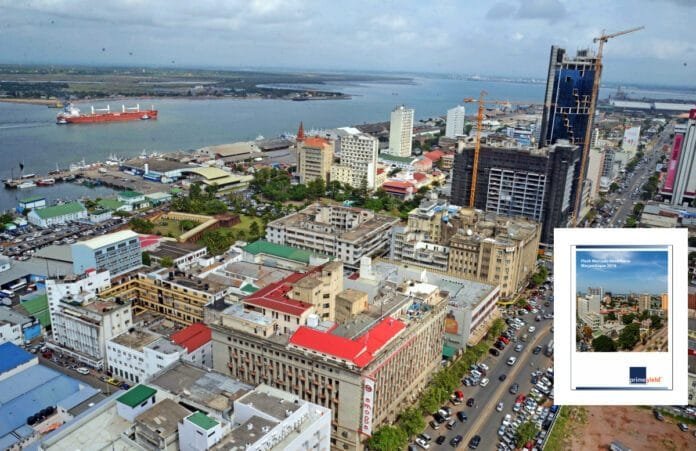The real estate market is not an independent market, as any variation in financial market rates, economic changes, political shifts, and other factors directly impact it—either positively or negatively.
The real estate market involves the trade of immovable assets such as land, houses, stores, offices, warehouses, and more. Within this market, three main direct players can be identified: property owners or responsible parties, who can be individuals or legal entities; clients, who are individuals looking to purchase or rent properties; and real estate brokers, who act as intermediaries in the buying, selling, and leasing of properties between property owners and clients.
1. Maputo
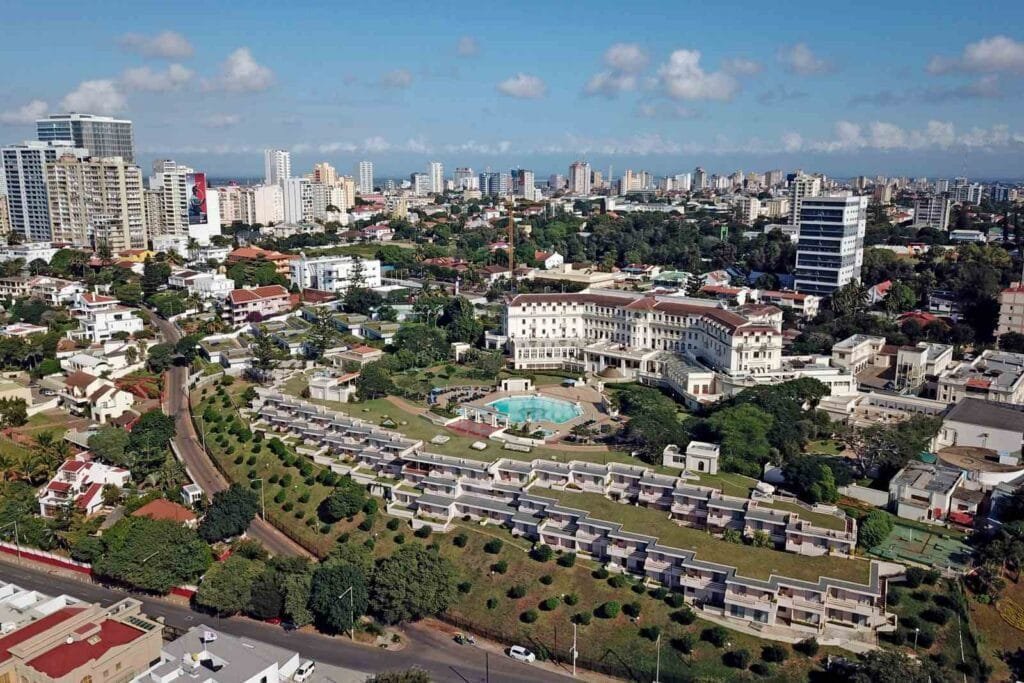
Most families in Mozambique own their homes, but the rental market is becoming increasingly significant in the capital. Maputo has experienced an exponential demand for residential properties and has quickly become an attractive investment destination for real estate investors and first-time homebuyers.
This demand is largely driven by middle-income workers and expatriates. The properties range from high-end apartments to villas and gated communities (such as Belo Horizonte, Maputo Beach, and Maputo Golf Estate).
According to the latest Housing Finance Africa report (https://housingfinanceafrica.org/resources/yearbook), the monthly rental prices for one-bedroom and three-bedroom apartments in Maputo’s suburbs are approximately MZN 20,000 (USD 314) and MZN 70,000 (USD 1,098), respectively.
These prices double for a three-bedroom apartment and triple for a one-bedroom apartment in the city center. Both formal and informal rental agents operate in Mozambique’s real estate market.
Finding affordable rental properties is largely facilitated through word of mouth, while informal real estate agents play a crucial role in negotiating potential lease conditions.
The selling price of a two-bedroom, one-bathroom apartment in Maputo ranges between MZN 6 million (USD 94,161) and MZN 10.5 million (USD 164,783), depending on size and location. Three-bedroom houses cost around MZN 15.5 million (USD 243,251) and can exceed MZN 22 million (USD 345,260).
On the outskirts of the capital, in suburbs like Matola, a three-bedroom house is more affordable (MZN 10.5 million or USD 164,783), while an older two-bedroom house in Mahlangalene, Maputo, can be purchased for MZN 4 million (USD 62,774). Regardless of location, housing prices in Mozambique are highly unaffordable for most of the population, highlighting the accessibility gap and the urgent need for large-scale affordable housing solutions.
2. Matola
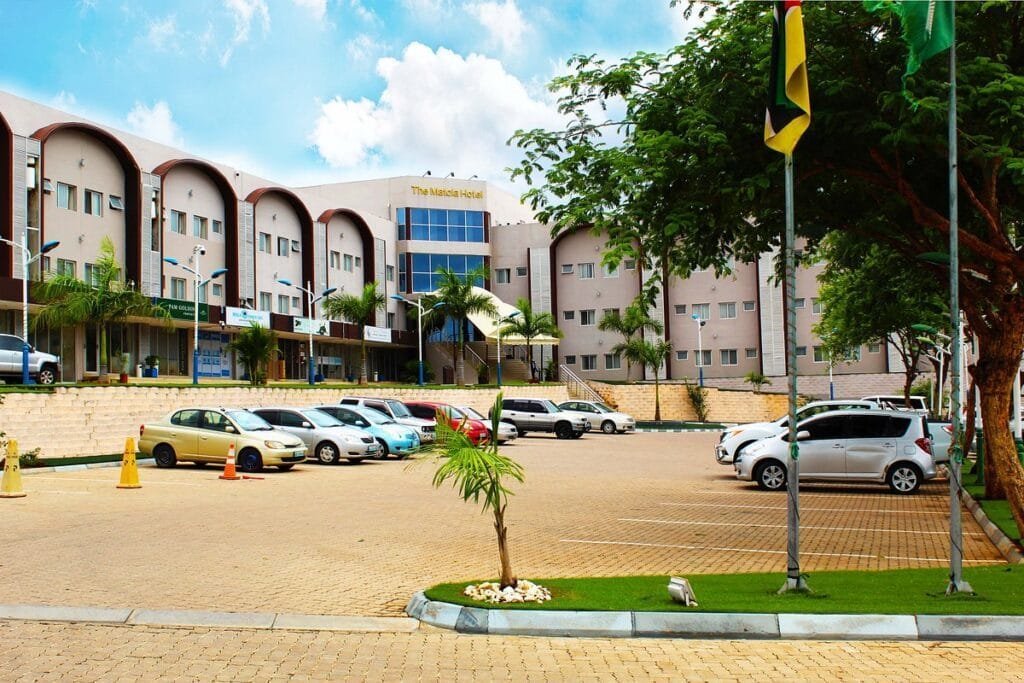
Located in Maputo Province, Matola stands out for its proximity to the capital and its industrial growth. The city has witnessed an increase in residential and commercial projects, making it a viable alternative for those seeking more affordable properties. The expansion of infrastructure and improvement of road networks further enhance its real estate potential.
A significant example is the Intaka project, launched in 2012 as a partnership between the Housing Development Fund (FFH) and the Chinese group Henan Guoji. This initiative resulted in the construction of 5,000 housing units in the Intaka neighborhood, north of Matola Municipality. The residential units range from 32 m² to 151 m², with prices between USD 24,000 and USD 130,000, respectively.
To facilitate access to these homes, agreements have been established with commercial banks. For instance, Standard Bank offers loans with terms of up to 20 years, financing up to 90% of the total property value. Under these conditions, monthly installments range from USD 750 to USD 1,600.
In the rental market, Matola offers various options. Three-bedroom houses can be rented for approximately MZN 70,000 per month, while three-bedroom apartments are available for around MZN 60,000 per month. These values vary depending on the location and property characteristics.
3. Nampula
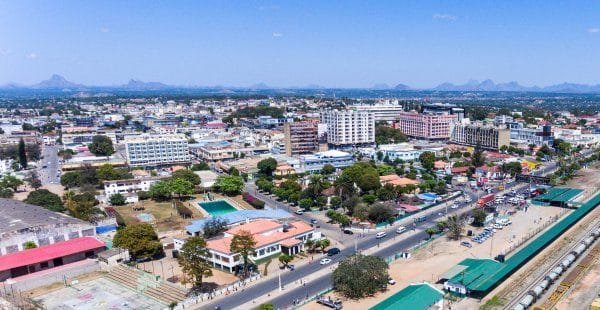
As one of the main economic hubs in northern Mozambique, Nampula has experienced growing demand for real estate, both for purchase and rental. The city attracts investors due to its expanding trade and industrial sectors. In the first quarter of 2024, there was a significant demand for rental properties driven by the arrival of new residents seeking job opportunities.
Demand for Properties by Category in Nampula
The demand for rental properties in Nampula has outpaced the demand for properties for purchase, although houses and land remain the most sought-after assets within the buying and selling category. In the rental market, houses were the most requested property type, followed by office spaces and retail stores.
4. Beira
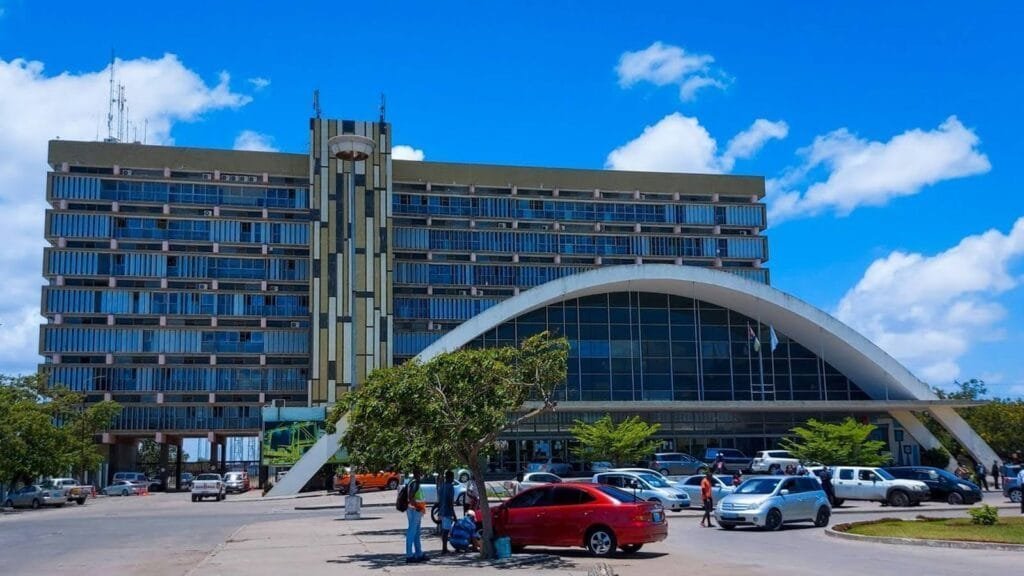
The demand for office spaces in Beira is closely linked to the city’s port and commercial activities. Companies in the logistics, trade, and service sectors frequently seek locations to establish their operations. The available properties range from modern buildings in the city center to more modest facilities in peripheral areas.
According to the “Mozambique Housing Sector Profile” published by UN-Habitat, a significant portion of the urban population in the country resides in rental housing. Although the study does not provide specific data for Beira, it indicates that approximately 13% of urban households live in rented homes. This percentage may be higher in major urban centers like Beira, given its economic importance and population density.
Rental Prices
Rental prices in Beira vary depending on location, property type, and market conditions. In Maputo, for example, rental prices are highly sensitive to location, with significant differences between the city center and the suburbs.
While specific data for Beira is not available, similar trends are likely, with higher prices in central areas and locations close to key infrastructure.


